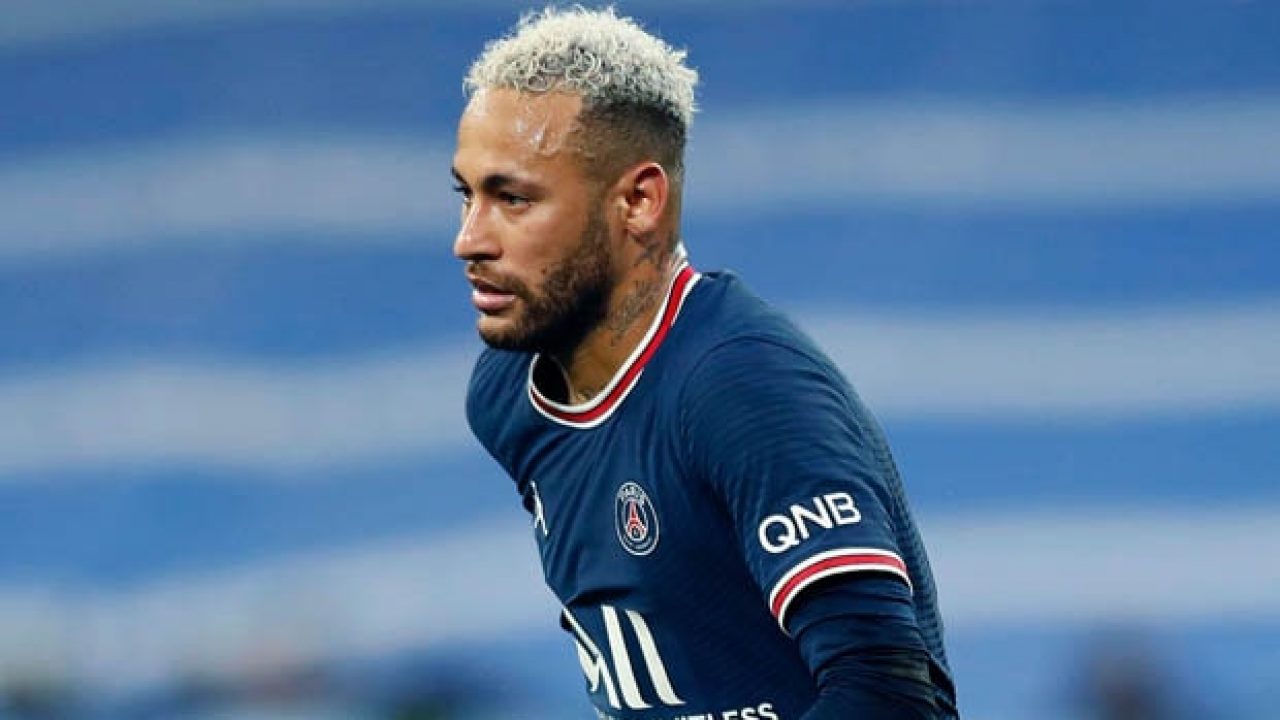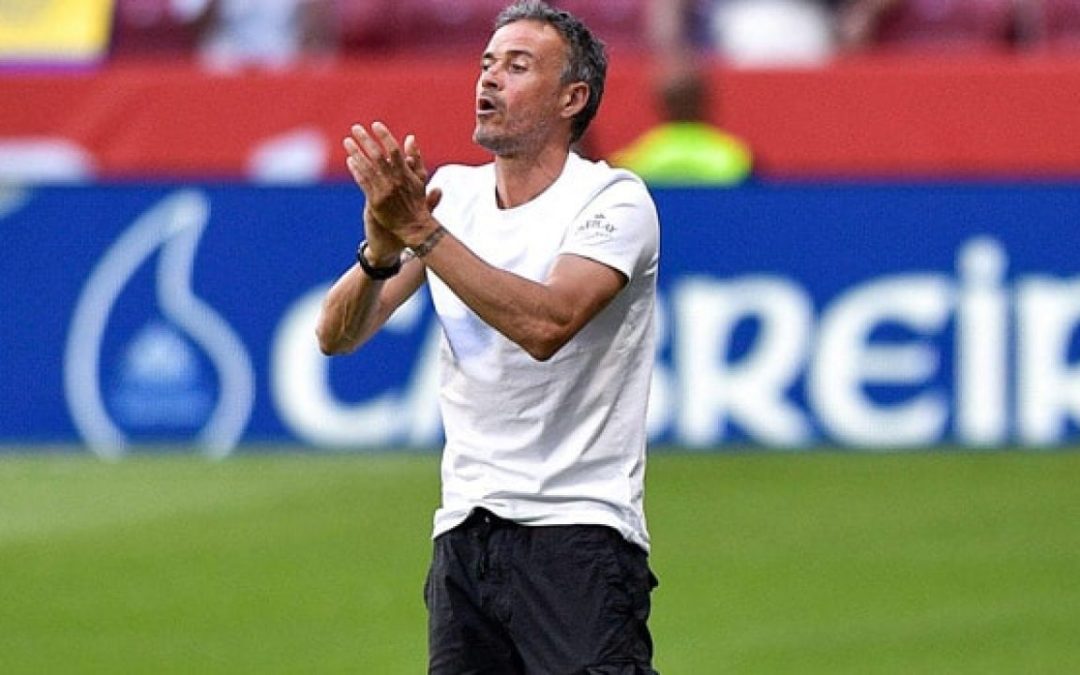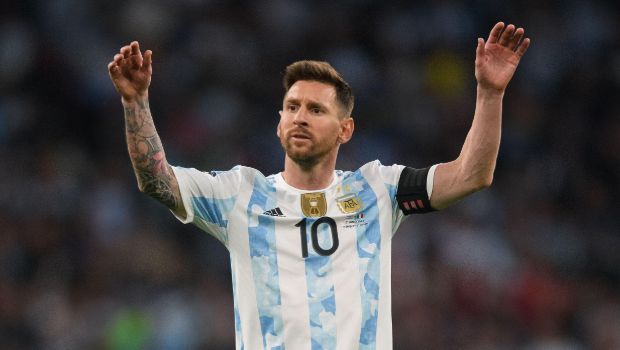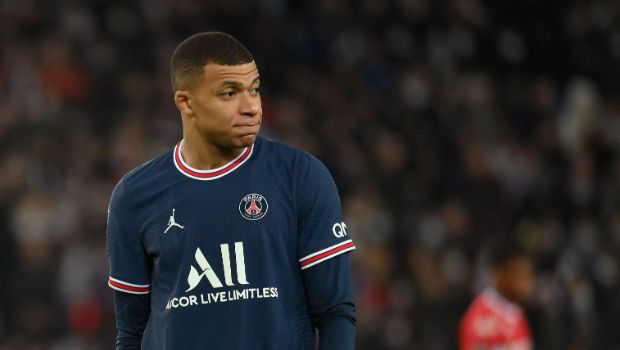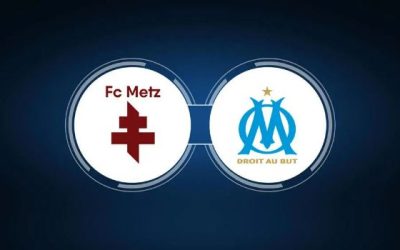Neymar, once hailed as the future soccer legend to challenge the dominance of Cristiano Ronaldo and Lionel Messi, has taken an unexpected turn in his career. The Brazilian sensation, now 31 years old, has made the surprising move to join Al Hilal in Saudi Arabia, signaling the end of his era at the pinnacle of European football. This transition also marks the conclusion of his quest for the coveted Ballon d’Or award.
However, Neymar’s trajectory has left us pondering the unfulfilled potential of a player who once defied norms. Back in the day, Neymar defied the odds by securing a spot in the top 10 of the Ballon d’Or rankings while playing for Brazilian club Santos. This achievement was a rarity in a soccer landscape long dominated by European clubs.
The decline of Neymar has been a gradual and steady process over the past few years. His transfer to Al Hilal for an initial fee of 80 million is still among the most expensive deals involving players above the age of 30, trailing only behind Cristiano Ronaldo and Harry Kane.
Nonetheless, the on-field value Neymar provides now is a far cry from the player who shattered records with his staggering 222 million euro move from Barcelona to PSG. The high expectations accompanying his arrival in Paris have not consistently translated into performances that justify the immense investment.
Nasser Al Khelaïfi, speaking during Neymar’s unveiling in 2017 after his transfer from Barcelona, asserted that signing Neymar was an investment set to appreciate significantly over the following two or three years. Al Khelaïfi proclaimed Neymar as the world’s best player, predicting that his value would double in the near future.
In retrospect, Neymar’s six-year stint at PSG has been marked by challenges and missed opportunities. Over his 173 appearances in various competitions for the Parisian club, Neymar’s presence cost PSG approximately 2.2 million euros per game. Notably, he managed to contribute 118 goals and 77 assists, an impressive tally considering the limited appearances he made for the French side.
The pinnacle of Neymar’s Parisian tenure was seen in 2020 and 2021. During these years, he showcased his brilliance in the Champions League, particularly during the knockout stages. While he played a pivotal role in PSG’s progress to the semifinals, his efforts fell short of clinching the ultimate prize as they faced defeat against Bayern Munich in the final.
Injury setbacks have significantly impacted Neymar’s time at PSG, with more than two years spent on the sidelines since his arrival in 2017. These periods of absence have amounted to approximately 730 days, resulting in his absence from 104 matches while donning the Parisian jersey. As a consequence, his chances of clinching the Ballon d’Or have been hampered during his time in the French capital.
Neymar’s story reflects a mixed legacy – winning two Bronze Ball awards in 2015 and 2017 during his Barcelona stint, and then grappling to maintain that same level of dominance post his departure in 2017.
In essence, Neymar’s decline has been a gradual process, marked by moments of brilliance but also hindered by injuries and fluctuations in form. While his move to Al Hilal signifies a new chapter, the question of what could have been continues to linger over the trajectory of a player who once held the promise of becoming a true soccer icon.

 English
English Vietnamese
Vietnamese